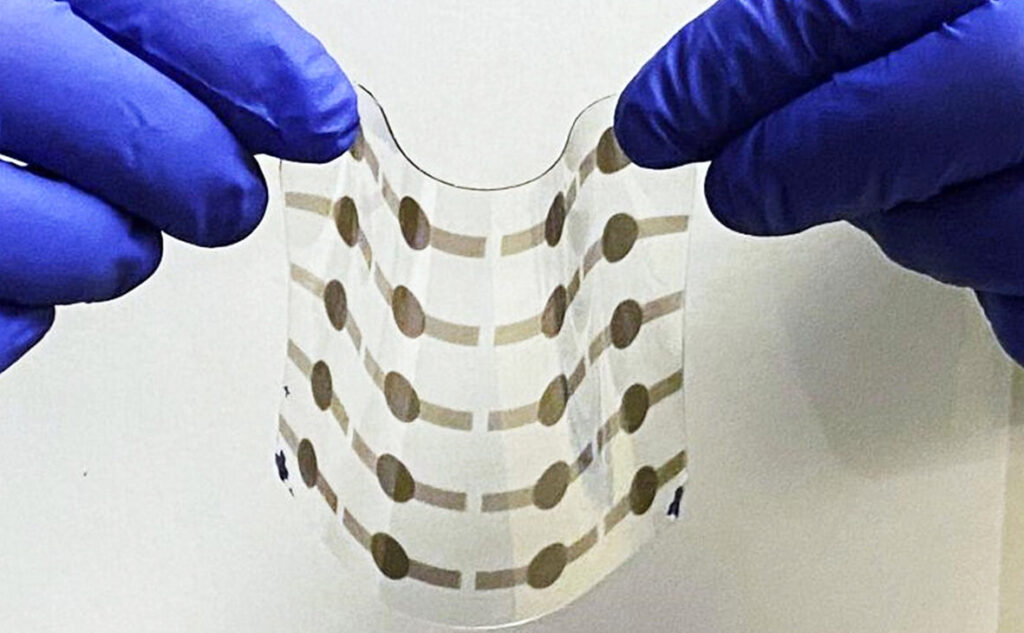Written by Adeel Abbas

The materials scientists and colleagues at the nonprofit scientific research institute UCLA have developed a new material and manufacturing process for creating artificial muscles that are stronger and more flexible than their biological counterparts.
“Creating an artificial muscle to enable work and detect force and touch has been one of the grand challenges of science and engineering,” said Pei, a professor of materials science and engineering at the UCLA Samueli School of Engineering.
How they developed material for flexible artificial muscles?
The UCLA-led research team used commercially available chemicals and an ultraviolet (UV) light curing process to create an improved acrylic-based material that is more flexible and simpler to scale without losing its strength and endurance.
The researchers adjusted the crosslinking between the polymer chains to make the material softer and more flexible so that more hydrogen bonds could form. The PHDE film is sandwiched between two electrodes to convert electrical energy into motion as an actuator.
PHDE film is as thin and light as a piece of human hair, about 35 micrometers in thickness, and when multiple layers are stacked together they become a miniature electric motor that can act like muscle tissue and produce enough energy to power motion. PHDE films can be varied from four to 50 layers by the researchers.
Pei said that this flexible, versatile, and efficient actuator could open the gates for artificial muscles in new generations of robots or in sensors and Wearable tech that can more accurately mimic or even improve humanlike motion and capabilities.
Artificial muscles fitted with PHDE are three to 10 times more flexible than natural muscles and can generate more megapascals of force.
The advance could lead to soft robots with improved mobility and endurance, and new technologies with a sense of touch. The manufacturing process could be used to make other soft thin-film materials.
More information
Ye Shi et al, A processable, high-performance dielectric elastomer and multilayering process, Science (2022). DOI:10.1126/science.abn0099. www.science.org/doi/10.1126/science.abn0099
Latest Chemistry Research News
- Solar-powered chemistry uses carbon dioxide and water to make feedstock for fuels, chemicals
- Team of scientists creates first ever VX neurotoxin detector
- Scientists Discovered working principles of a promising material for fast-charging batteries
- Scientists made a step on the way to better therapies against viruses
- Scientists discovered ceramic aerogel for use in thermal insulation applications